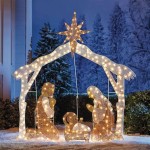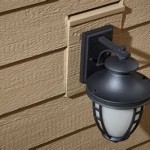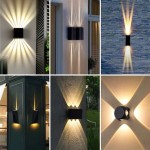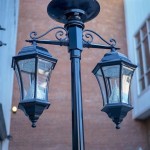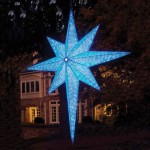How to Use a Reflector for Outdoor Photography
A reflector is a simple yet powerful tool for outdoor photographers, offering a versatile way to manipulate light and enhance the quality of images. Reflectors are essentially portable surfaces that bounce light onto the subject, creating a brighter, softer, or more directional effect. This article will delve into the various types of reflectors, their applications, and essential techniques for using them effectively in outdoor photography.
Understanding the Types of Reflectors
Reflectors come in a range of sizes, shapes, and materials, each serving a specific purpose. Here's a breakdown of the most common types:
- White Reflectors: These are the most versatile, effectively bouncing back a significant amount of light without altering its color temperature. They generally produce a soft and natural illumination.
- Silver Reflectors: Silver reflectors are more reflective than white ones, resulting in a brighter and more intense light. They are particularly useful for adding a punchy "pop" to subjects, especially in low-light conditions.
- Gold Reflectors: Gold reflectors are designed to warm up the light that they reflect. They can create a flattering glow on skin tones and add a warm ambiance to images.
- Black Reflectors: While not as commonly used for reflecting light, black reflectors are excellent for absorbing excess light and creating shadows. They are often used to control light spill or darken areas of an image.
Essential Applications of Reflectors in Outdoor Photography
Reflectors offer a wide array of applications in outdoor photography, allowing photographers to manipulate light and achieve desired results. Here are some common uses:
1. Filling in Shadows:
One of the most frequent applications of reflectors is to fill in shadows, especially in portraits or landscapes. By reflecting light onto the shadowed areas of the subject, reflectors can soften harsh shadows and create a more balanced and flattering exposure. This technique is particularly useful on sunny days when shadows can be very deep and dark.
2. Adding a Catchlight to the Eyes:
Catchlights, those bright reflections in the eyes, add life and sparkle to portraits. Reflectors can be used to create or enhance catchlights by bouncing light directly into the subject's eyes. This technique helps to make the subject's eyes look brighter, more appealing, and more alive.
3. Creating a Soft and Diffused Light:
A reflector can be used to create a soft and diffused light effect. This is achieved by positioning the reflector behind and slightly above the subject, bouncing light back onto them in a gentle and indirect manner. This technique can soften harsh shadows and create a more flattering and pleasing illumination.
4. Adding Directional Light:
By strategically positioning a reflector, photographers can create directional light that sculpts the subject and highlights specific features. This technique can add depth and dimension to images, making the subject stand out against the backdrop. This is often used in portrait photography to add dramatic accents to the subject's face or body.
Techniques for Using a Reflector
Using a reflector effectively requires practice and understanding of how light interacts with the subject. Here are some key techniques:
1. Positioning the Reflector:
The placement of the reflector is crucial for achieving desired effects. The distance between the reflector and the subject, as well as the angle at which it's held, determines the quality, direction, and intensity of the reflected light. Experiment with different positions to see how the light affects your subject.
2. Adjusting the Angle:
The angle at which the reflector is positioned affects the direction and shape of the light. For example, to create a dramatic highlight on one side of the subject, place the reflector at a 45-degree angle. For a more diffused effect, hold the reflector at a wider angle.
3. Adjusting the Reflecting Surface:
Using different reflecting surfaces can alter the quality of the light. White reflectors offer a softer and more diffused light, while silver reflectors produce a brighter and more focused light. Experiment with different surfaces to create different moods and effects.
4. Working with an Assistant:
Having an assistant to hold the reflector can make a world of difference. It allows you to focus on composing and shooting while ensuring the reflector is positioned correctly to achieve the desired effect. It also frees up your hands to adjust camera settings easily.
Mastering the art of using a reflector takes time and practice. By understanding the types of reflectors, their various applications, and the techniques involved, photographers can elevate their outdoor images, enhancing their subjects and creating more captivating and dynamic photographs.

Reflector Photography How To Use A For Stunning Portraits

Reflector Photography How To Use A For Stunning Portraits

How To Use A Photography Reflector Enhance Your Photos 2024 Update

A Guide To Using Reflectors And Diffusers In Photography 42west

How To Use A Reflector For Portraits

How To Use A Reflector On Cloudy Day

How To Use Reflectors In Photography 12 Tips

Reflector Photography How To Use A For Stunning Portraits
.jpg?strip=all)
How To Use A Reflector For Outdoor Portraits Dallas Senior Portrait Photographer Plano Allen Mckinney Frisco Wylie Chantal Brown

And Photography Light Reflectors Maker
Related Posts
